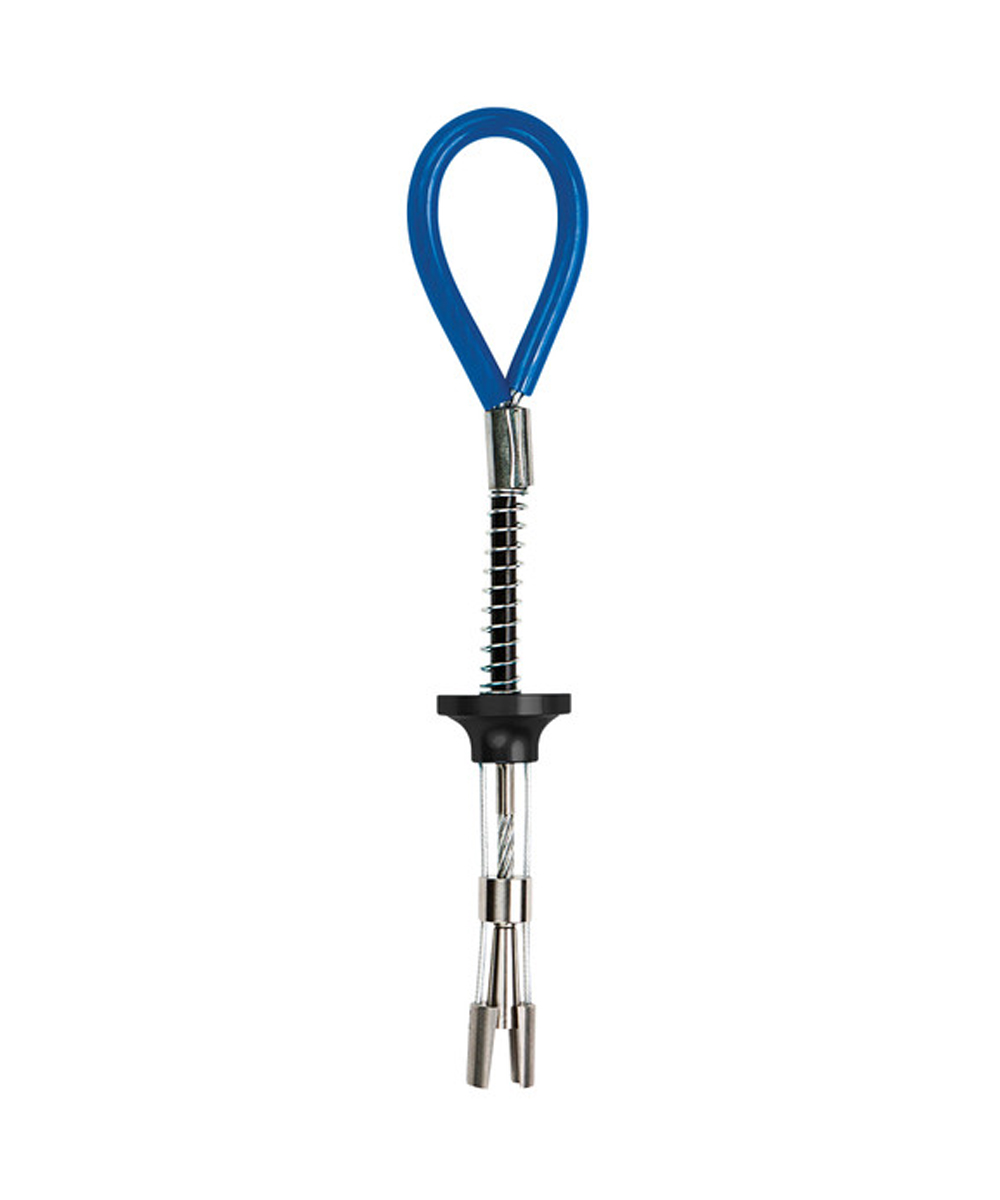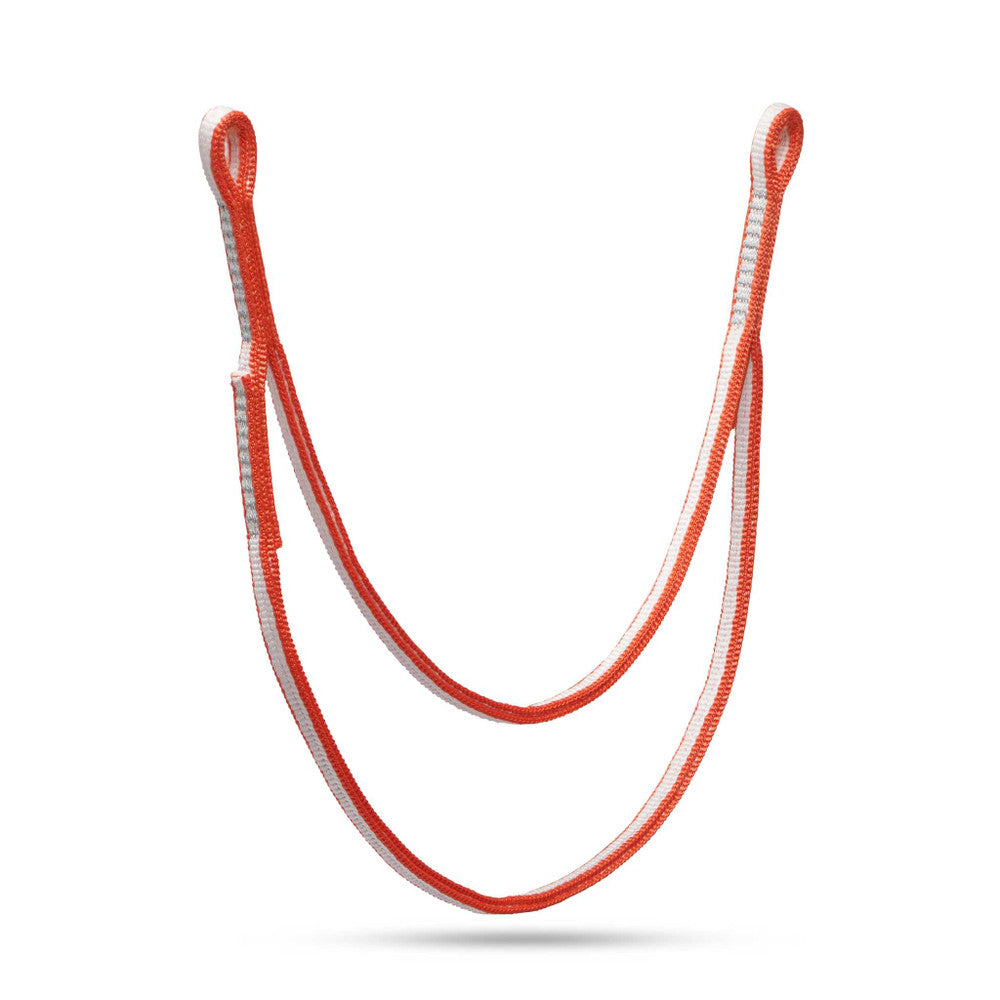The Necessary Guide to Comprehending Various Types of Anchoring Systems
Recognizing anchoring systems is necessary for different applications, from marine to construction setups - Portable Building Anchors. Various anchors serve unique objectives based on their environment and lots demands. This overview explores the different kinds of supports, consisting of building, ground, and watercraft supports. It additionally deals with the materials utilized and crucial considerations for choice. Each option impacts security and dependability. Exactly what should one focus on when picking the ideal anchor? The answer lies in advance
Kinds Of Watercraft Anchors
When picking a boat anchor, recognizing the different kinds available is essential for making sure security and security on the water. The most usual kinds consist of the fluke anchor, recognized for its lightweight design and effective hold in sand and mud; the rake anchor, which masters a range of seabed conditions because of its self-setting ability; and the mushroom anchor, preferred for its holding power in soft bases. One more option is the grapnel anchor, commonly used for tiny watercrafts and kayaks, perfect for rough shallows. Each support type has particular applications, contributing to its efficiency based upon the vessel dimension and ecological conditions. Picking the ideal anchor not only boosts safety however likewise boosts the total boating experience. Recognizing these distinctions enables boaters to make educated choices, guaranteeing they maintain control and safety and security while going across diverse water bodies.
Building and Architectural Anchors
Structure and architectural anchors play an essential role in making sure the stability and safety of numerous buildings - Site Security Anchors. These supports are important components that protect structures to their foundations or support systems, preventing movement due to ecological elements such as wind, seismic task, or dirt negotiation. Common kinds consist of mechanical anchors, glue supports, and expansion anchors, each serving details functions based on lots requirements and product compatibility
Mechanical supports, for example, are normally used in concrete and masonry, offering high tensile toughness. Adhesive anchors utilize chemical bonding to attain durable links, while expansion anchors are created to hold the surrounding product as they are tightened up.
The choice of an appropriate anchor type relies on aspects such as tons capability, ecological conditions, and the products involved. Correct installation and maintenance of these supports are vital for the long life and security of the framework, highlighting their importance in building and engineering methods.
Ground Supports for Exterior Frameworks
Ground anchors play a necessary function in securing outdoor frameworks against ecological forces. Different kinds of ground supports, in addition to their installation techniques, identify their performance and integrity. Additionally, considerations regarding load capacity are essential for making sure the architectural integrity of these installments.
Sorts Of Ground Supports
Supports work as the foundation for protecting outside frameworks, making certain security and safety in differing environmental problems. There are a number of kinds of ground supports, each made for specific applications and dirt conditions. Helical supports feature a screw-like style, permitting very easy setup in numerous surfaces. Driven anchors are battered right into the ground, providing solid resistance against side lots. Grouted anchors make use of a bonding material to boost security, making them suitable for heavy frameworks. Deadman supports include a buried mass that distributes lots, ideal for maintaining fencings and wall surfaces. Each type offers a distinct purpose, allowing designers and building contractors to pick the most effective securing system based on task demands and site problems.
Setup Techniques Review
Effective installment techniques are important for assuring the performance and longevity of ground anchors in exterior structures. Correct site analysis comes before installation, where dirt conditions and dampness degrees are evaluated to establish viability. The selection of the suitable anchor type have to align with environmental aspects and structural needs. Throughout setup, precision is key; anchors should be positioned at the appropriate depth and angle to optimize their load-bearing abilities. Utilizing the right devices, such as augers or hydraulic equipment, helps with exact placement and minimizes disturbance to bordering dirt. Adhering to manufacturer guidelines for setup treatments is critical to achieving peak anchor efficiency. Post-installation assessments assure that anchors are safely in place and functioning as planned, consequently improving the security of the structure.
Load Capability Considerations
When reviewing lots capacity for ground anchors in exterior structures, several crucial elements should be considered to validate safety and security and efficiency. The soil kind plays a significant role; natural soils supply different holding capabilities compared to granular soils. In addition, the anchor's layout and material influence its strength and resilience. Environmental problems, such as moisture and temperature fluctuations, can likewise influence the anchor's efficiency gradually. The intended lots, including dynamic and static pressures, need to be evaluated to validate the support can stand up to anxieties successfully. Neighborhood guidelines and safety and security criteria should be stuck to throughout the selection and installment procedure. Effectively reviewing these factors validates that ground supports work reliably and sustain outside structures securely.
Specialized Anchoring Equipments
Specialty anchoring systems are made to meet unique requirements in different applications, offering solutions where typical supports may fail. These systems provide to specific difficulties, such as those run into in underwater construction, high-altitude installments, or locations with unpredictable soil problems. Helical supports are commonly used in aquatic settings due to their ability to supply strong holding power in soft sediment. Rock anchors are utilized in hilly regions for securing structures versus rockfall or landslides. Specialty systems may likewise consist of chemical supports, which bond with substrates to enhance load-bearing capacity. Furthermore, they frequently incorporate innovative engineering methods to address ecological factors, ensuring safety and security and stability in varied conditions. By utilizing customized layouts, specialized anchoring systems provide options that enhance the resilience and efficiency of structures popular scenarios, making them essential in contemporary building and construction and engineering projects.
Materials Used in Anchoring Solutions
The performance of securing systems is markedly affected by the products used in their building and construction. Common products include steel, aluminum, and numerous artificial compounds, each offering distinct benefits. Steel, commonly utilized for its toughness and sturdiness, supplies robust assistance in tough settings however is vulnerable to deterioration otherwise correctly dealt with. Light weight aluminum, lighter than steel, offers resistance to corrosion and is excellent for marine applications, although it might not support hefty lots as successfully. Synthetic materials, such as nylon and polypropylene, official source are significantly popular due to their lightweight residential or commercial properties and resistance to ecological aspects. These materials can likewise absorb shock tons, enhancing total performance. The selection of product plays a crucial duty in the effectiveness and long life of securing systems, impacting their suitability for certain applications. Recognizing these products permits for better decision-making in the design and choice of anchoring solutions.
Aspects to Take Into Consideration When Selecting a Support
Selecting a support needs mindful consideration of numerous important factors that can significantly affect its efficiency and suitability for particular applications. The first element is the kind of soil or substrate, as different supports perform far better in differing conditions their website such as rock, clay, or sand. Furthermore, the anticipated lots, including vibrant and fixed pressures, have to be examined to figure out the support's stamina requirements.
The support's dimension and weight are additionally significant, as they ought to match the vessel or structure being secured to guarantee security. Ecological problems, such as tidal movements and weather condition patterns, can further influence anchor selection.
The designated usage-- whether for irreversible or short-lived applications-- will influence the choice of anchor kind. Lastly, compatibility with other anchoring systems can improve general safety and security and effectiveness. A comprehensive evaluation of these aspects guarantees the best support is selected for peak performance.
Installation and Upkeep Tips

Regular assessments are very important to recognize wear, rust, or any type of indicators of failure. Customers need to check for loose parts and tighten up or change them as required. Cleaning the support factors periodically can prevent the build-up of debris that may endanger their honesty.
Additionally, customers should take into consideration ecological factors such as moisture and temperature level, which might affect the supports' performance. Maintaining documents of maintenance activities can help track the system's condition over time. Complying with these methods will certainly improve the dependability and sturdiness of securing systems, eventually adding to the safety of the overall structure.
Frequently Asked Inquiries
What Are the Environmental Effects of Various Anchoring Equipments?
The environmental effects of various anchoring systems consist of damage to marine environments, sediment disruption, and prospective harm to local wildlife. Sustainable methods can reduce these results, promoting much healthier underwater environments and maintaining biodiversity in coastal areas.
How Do Regulations Impact Anchoring System Choices?
Regulations significantly read here affect anchoring system selections by imposing security standards, ecological protections, and operational guidelines (Duckbill Earth Technology). Subsequently, users need to follow these demands, leading to the option of systems that stabilize functionality, validity, and ecological factors to consider
Can I Use Multiple Supports With Each Other?
Utilizing multiple supports with each other is viable and frequently boosts security. One have to think about the particular conditions and characteristics of each anchor kind, ensuring they function harmoniously to achieve the preferred holding power and safety and security.
What Prevail Blunders When Utilizing Anchoring Systems?
Usual errors when making use of securing systems include improper weight circulation, insufficient expertise of ecological problems, neglecting normal equipment upkeep, stopping working to make up tidal changes, and utilizing inappropriate materials, which can jeopardize safety and performance.
Exactly How Do Weather Influence Anchor Performance?
Climate problems substantially influence support performance, as stormy waters and strong winds can raise strain on the support. Additionally, hefty rain might modify seabed problems, influencing the anchor's grip and total stability throughout adverse climate occasions.
